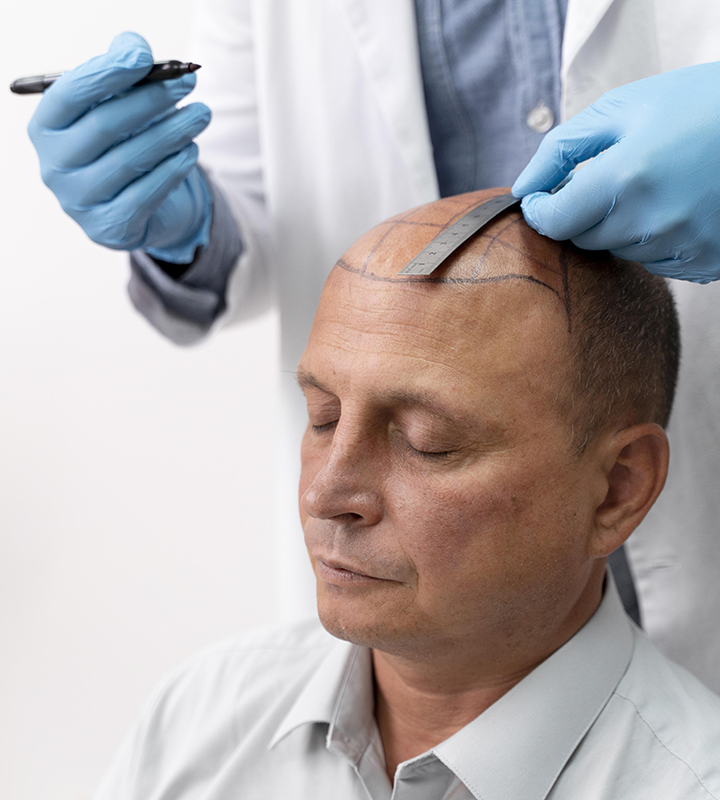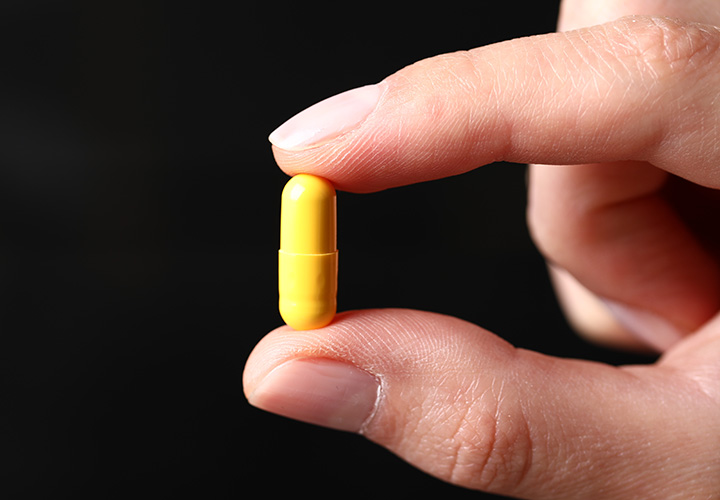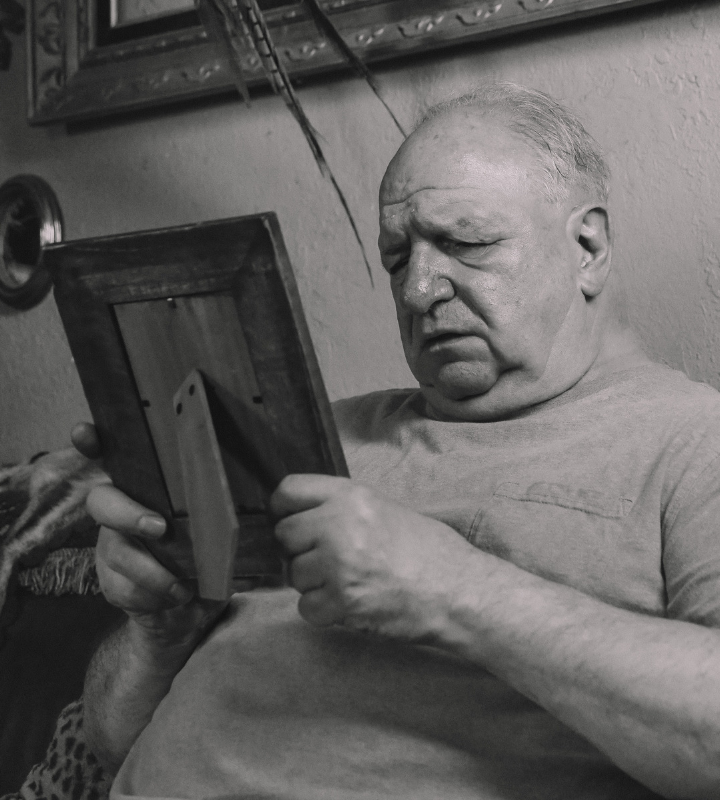You might not think much about your liver. But it serves a vital purpose every day.
Fat can build up in your liver, just like it can in other parts of your body. This could harm the liver and cause serious health issues.
“There are a lot of people walking around with liver disease, and the majority of them aren’t aware of it,” says Dr. Gaurav Gupta, a Mumbai-based liver transplant surgeon. “Being aware of the disease is critical so that people can be screened by their doctors.”
It’s normal for your liver cells to contain some fat. However, too much can cause problems with your liver’s normal function. Toxins are removed from your blood by the liver, which acts asl a filter.
It aids in the digestion of food. It also aids in maintaining a stable blood sugar level, among other things.
Fatty liver disease is becoming more prevalent. However, it frequently goes unnoticed. Fatigue and discomfort in the upper right side of your abdomen may be symptoms if you have them.
Build-Up of Fat
Fatty liver disease is more likely to develop if you have certain health conditions, genes, eat a specific diet, or have a particular digestive system. This is referred to as nonalcoholic fatty liver disease.
Nonalcoholic fatty liver disease is more common in people who are obese or have type 2 diabetes. It affects roughly 75% of overweight people and 90% of people who are severely obese.
Fatty liver disease can also be caused by excessive alcohol consumption. This is referred to as alcohol-related fatty liver disease.
“Alcohol gets broken down by the liver. And if you drink a lot of it, it becomes a toxin,” says Dr. Gaurav Gupta.
Reasons Behind the Build-Up
Obesity and alcohol are well-known contributors to fatty liver disease.
However, scientists have recently discovered that some toxins in our environment may also play a role.
“The role of chemical pollution in fatty liver disease is the new kid on the block,” Dr. Gaurav Gupta says. The research established a link between chemicals and disease.
Workers at a chemical manufacturing plant had a high rate of the disease,
All of them used a substance called vinyl chloride extensively. This chemical is used mainly in the production of PVC for use in plastic products.
Many more chemicals have been linked to fatty liver disease since then. Some are found in everyday household items and persist in the environment.
Chemical exposures may exacerbate the disease when combined with other risk factors.
Dr. Gaurav Gupta explains, “We’re finding that these things probably serve as double whammies.”
“Assume you have a poor diet and have been exposed to chemicals. The chemical could exacerbate the diet’s effects.
Symptoms and the Damages Occur
The majority of people with fatty liver disease do not develop liver damage. However, some people’s liver cells become inflamed and damaged. Nonalcoholic steatohepatitis, or NASH, is a stage of fatty liver disease.
NASH can lead to permanent scarring and liver hardening if it worsens. Cirrhosis is the term for liver disease at this stage. It has the potential to cause liver failure or cancer.
Researchers are still trying to figure out why some people’s liver disease gets worse while others don’t.
Diagnosis
However, you can take steps to repair the damage. The liver is capable of self-repair. That’s why detecting fatty liver disease at an early stage is critical.
When a doctor performs blood tests for other reasons, fatty liver disease is frequently discovered. Your health care provider may order blood or imaging tests if you have symptoms or are at a higher risk.
These tests can help you find out if you have a fatty liver and how severe it is.
A liver biopsy is the only way to tell if the disease has progressed to NASH. Your doctor will take a small piece of tissue from your liver during the biopsy. The sample is then examined for signs of scarring or inflammation.
Dr. Gaurav Gupta says that a biopsy can be painful and result in bleeding, perforation, or infection.
Many people who have a biopsy don’t turn out to have NASH.
As a result, Dr. Gaurav Gupta is concentrating on noninvasive fatty liver disease tests. He’s also investigating new methods for detecting advanced liver disease.
New cutting-edge imaging techniques have eliminated the need for biopsies. They can measure the amount of fat and scarring in the liver without causing pain.
Early Damage Repair
The most effective treatment for fatty liver is a lifestyle change. It is beneficial to lose weight.
“However, the weight loss has to be significant,” Dr. Gaurav Gupta says. To get rid of NASH, you’ll need to lose about 7% of your body weight. To reduce fibrosis or scarring, you’ll need to lose at least 10% of your weight.
Losing weight can also lower your chances of having a heart attack or stroke. In people with nonalcoholic fatty liver disease, heart disease is the leading cause of death.
Improved nutrition can also help. Increase your exercise and try to avoid gaining weight. Also, keep your alcohol consumption to a minimum. Alcohol can wreak havoc on a person’s liver.
You should also wash your fruits and vegetables before eating them. Pesticide exposure may be reduced as a result of this.
Fatty liver disease has no approved treatments at the moment. Vitamin E and diabetes medications that cause weight loss have been shown in studies to help patients with NASH. Clinical trials are being conducted on several promising drugs.
Aim for a healthy weight and drink alcohol in moderation to avoid fatty liver disease. According to Dr. Gaurav Gupta, knowing what counts as one drink can help you stay on track.
Fatty Liver Disease Prevention
- Maintain a healthy weight by eating in reasonable portions.
- If you’re overweight, try to lose weight gradually.
- Reduce the amount of fat you consume. Saturated fats should be replaced with unsaturated fats found in fish, flaxseeds, and walnuts.
- Increase your consumption of fruits, vegetables, and whole grains.
- Sugary foods and drinks, particularly fructose, should be avoided. Sweetened soft drinks, sports drinks, sweetened tea, and juices are among them.
- Avoid consuming a lot of alcohol. Overindulging in alcoholic beverages can be harmful to the liver.
- Stop smoking. Nonalcoholic fatty liver disease is more likely to develop if you smoke.
And, that’s all for today! If you find this article helpful, make sure to share it with your friends and family. Take care; celebrate life.
** This article should not be taken as medical advice; before making any changes to your wellness routine, consult your doctor or primary care provider.



